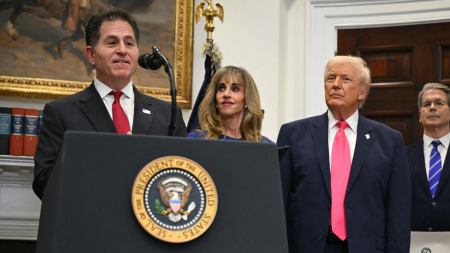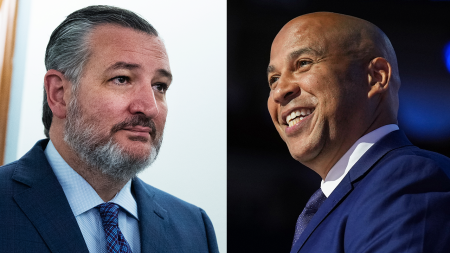One of the goals of the Inflation Reduction Act is to lower drug costs for Medicare beneficiaries. The biggest step toward that goal will be the implementation of the $2,000 cap on Part D out-of-pocket costs starting in January 2025. Nearly 19 million Part D enrollees could save $400 and almost two million with the highest costs could save, on average, $2,500 per year.
Last year, Medicare took a baby step toward that goal by eliminating the 5% coinsurance in the Catastrophic Coverage payment stage. This should save approximately 1.5 million enrollees about $3,100 each this year.
Both these initiatives are saving seniors money. However, the out-of-pocket costs they used to pay do not go away; they just fall to a different payer. Drug plans will now have to pay a much bigger portion of those costs and, in response, plans are making some changes. For example, a comparison of 2023 and 2024 plans found that over one-third increased the enrollee’s cost sharing, and monthly premiums in three ZIP codes increased 2%-84%.
The Centers for Medicare and Medicaid Service had projected that the average total monthly premium in 2024 would decrease 1.8% and premium stabilization measures would limit the growth of the base beneficiary premium to 6%. So, how was it possible for premiums to increase significantly? Simple answer: The monthly premium that enrollees pay is not addressed in the premium stabilization program. CMS has four different premiums, each with its own purpose, and these all mush together to create the monthly premium.
IRA initiatives, including the $2,000 cap, will save 18.7 million enrollees, on average, $400. Because this is a much more significant impact than elimination of the 5% coinsurance, CMS is rightfully concerned about the variation in premiums between stand-alone Part D plans and MA-PD plans (Medicare Advantage plans that include drug coverage). CMS noted that, “The resulting premium changes could create disruptive enrollment shifts in the prescription drug plan market during the initial implementation of the IRA benefit improvements.” In other words, the significant increases in premiums for stand-alone Part D plans could lead enrollees to switch to MA-PD plans. (The average monthly plan premium is $18.50, while many plans have no premium.)
Introducing The Voluntary Part D Premium Stabilization Demonstration
In response, CMS is conducting a voluntary premium stabilization demonstration that consists of three elements.
- CMS will apply a $15 reduction to the base beneficiary premium (used to calculate the plan-specific basic premium) for all participating stand-alone plans. (Plan premiums cannot drop below $0.)
- CMS will limit premium increases to $35 from 2024 (after the application of the $15 reduction).
- There will be a change to provide for greater government risk sharing for potential plan losses.
Note these important points about this demonstration.
- It is CMS’ response to the likelihood of considerable variation in drug plan premiums because of the Inflation Reduction Act.
- The demonstration applies to Part D stand-alone plans only. CMS noted that MA-PD plans have more flexibility to adjust to this variation, including the ability to apply rebates to reducing premiums.
- Participation by drug plans is voluntary. However, CMS believes that plans choosing not to participate will be at a competitive disadvantage.
Discovering the Impact
On October 1, the Medicare Plan Finder revealed the 2025 Part D drug plans. On first glance, it appears the premium increases are somewhat under control but the marketplace is really being tossed around. Here are some findings from my quick scan of 10 ZIP codes around the country.
- There will be between four and eight fewer drug plans available in each area, with six being the number dropped in most ZIP codes.
- The number of plans offered by companies is changing. One insurance company dropped out of the market and another is dropping two of its three plans.
- Plans are abiding by the $35 limit on increases.
- However, premiums will fluctuate considerably. For example, in California, one insurer is dropping its lowest premium plan. The two remaining plans will increase premiums by $9 each. The lowest premium for a second insurer’s group of plans is increasing by $17 and another plan will be $0.60 less. That means anyone who has the lowest premium plan would pay at least $16.40 more every month in 2025.
Although the full impact of the Part D benefit redesign changes is unknown, drug plan enrollees are in for a crazy ride. I plan to do a deeper dive on the premiums and costs but let this serve as a wake-up call. If you don’t check out your plan, you will likely be in for some unpleasant surprises in 2025. For example, those who have plans that are disappearing will be enrolled automatically in another plan, unless they make a change before December 7. Others face a significant change in premiums.
I was asked recently what everyone should do differently during this most important Open Enrollment Period. My response, “Study the Annual Notice.” Historically, only three of 10 have paid attention. Let’s all try to do a better job.
Read the full article here














